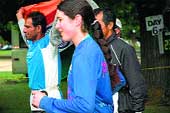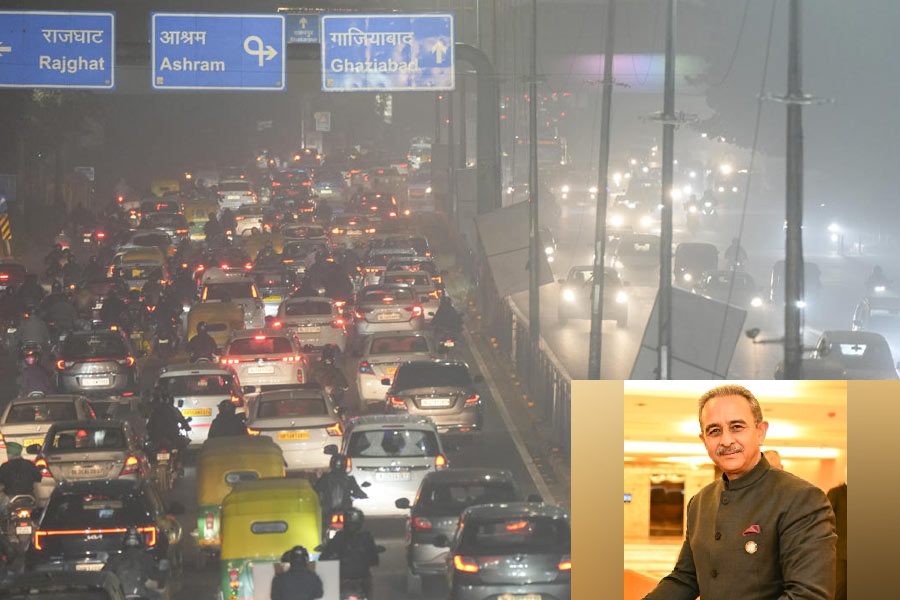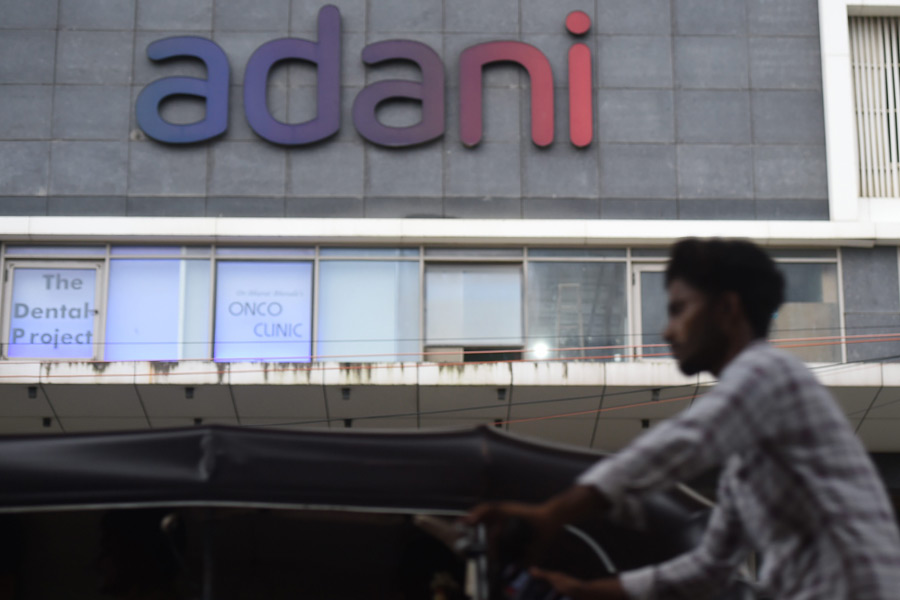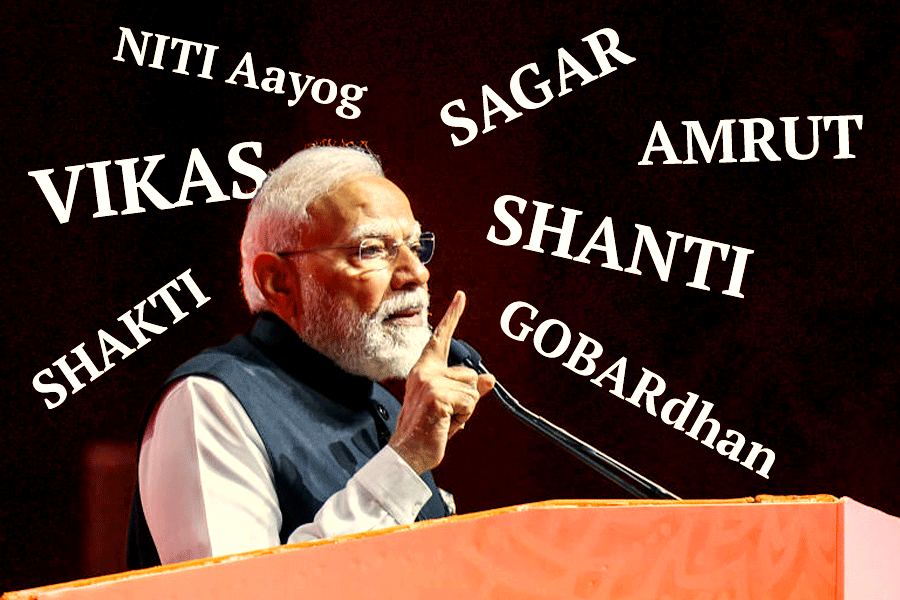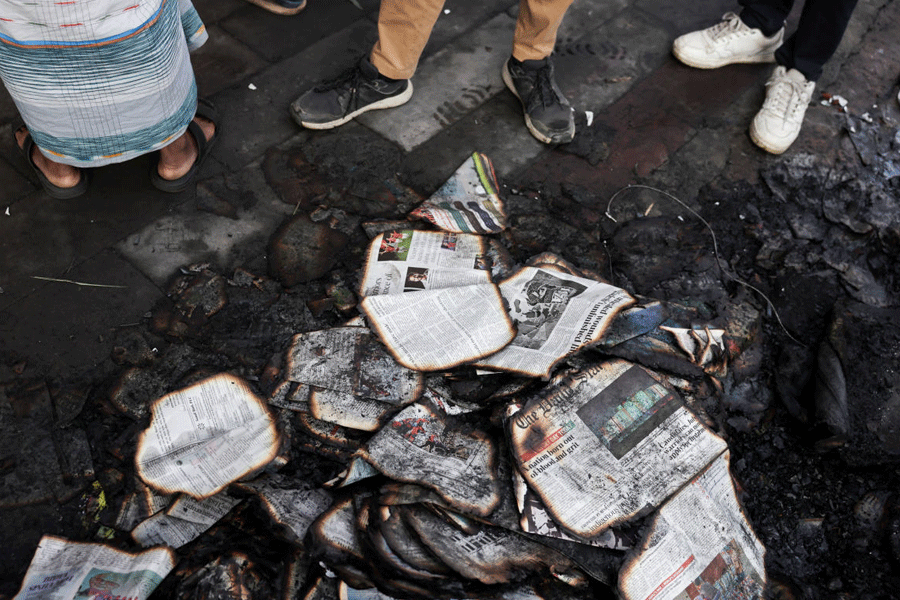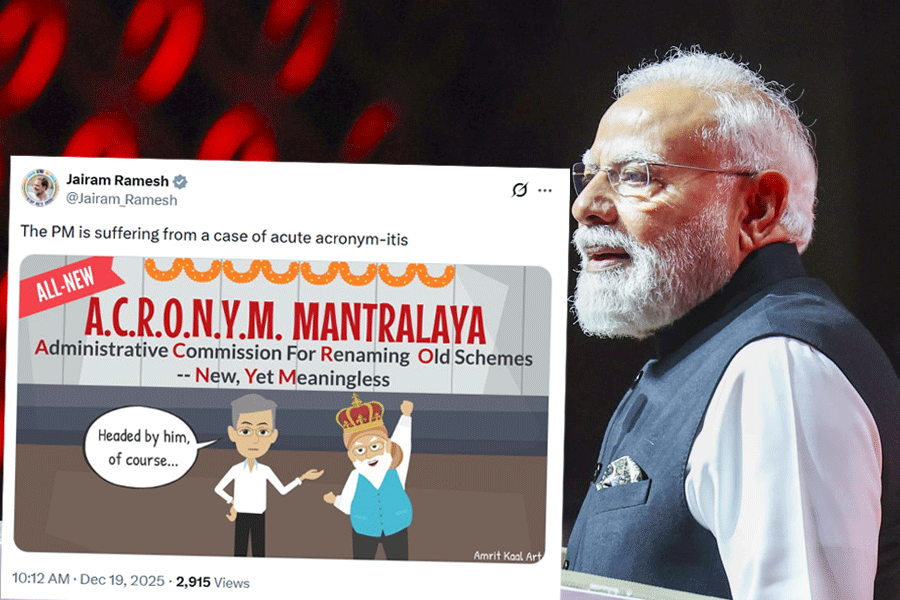 |
| Quick-fix pills: Arun Bhardwaj, India’s only ultramara-thoner, after the six-day race in Australia where he set the South Asian record of 558 km |
I took up ultramarathoning in 2000 and set the South Asian record (558 km) in a six-day race last year — in the Cliff Young Australian 6-Day Race in Colac, Australia. In the same race, Yiannis Kouros of Greece set the world record (1,036 km).
Ultramarathoning is a sport that goes beyond the physical as you are deprived of both food and sleep. After you cross 200 km, every joint aches. It’s only your mental drive that keeps you going.
I began running as I want my children to be runners. My elder daughter is named after Zola Budd, the younger is called Sofia and my son’s name is Yiannis! They are still below 10 years — too young to start.
In July 2000, I did my first run — from Hardwar to Baghpat (180 km) in 23½ hours. The next year, I did 270 km from Delhi to Jaipur in 33 hours 10 mins. The run was organised by my employers, the Planning Commission. In 2002, I did the 24-hour Asia Cup in Taiwan and was ninth out of 18 runners, despite having a fever. Later the same year, I competed in the Colac race for the first time and did 492 km.
In 2003, I participated in the Self-Transcendence 6-day race in New York. I suffered pelvis dislocation but kept going. I ran 516 km and became the first Indian to cross the 500-km mark. The same year, I did the 6-day Challenge in Copenhagen, where I ran 520 km. After this, I was invited to run in the 100-km World Cup in Taiwan, the first Indian to do so. In 2004, I ran in the 6-day races in Mexico and Germany. In early 2005, I did the 24-hour race in Moscow, where the day temperature was 2 degrees.
 |
And then came my second run in Colac, in November 2005. I arrived at Melbourne airport just 20 hours ahead of the race. But the first person I met on reaching Colac was Yiannis and I thought it was a good omen. The race started at 1 pm and on the first day I ran 126 km.
I don’t have a support crew. So eating and drinking takes time and effort. I would have to stop at least a minute to open a bottle. Once you stop, your leg muscles don’t want to start working again! On the second day, I did 90 km which became an average for each day. My hips ached so I rested for over 5 hours. When I resumed running, my body felt jammed because of the lactic acid. Yiannis told me to eat and drink as he passed by. He also gave me some music, saying, “Hear and go!”
Day 3 saw me mostly walking. When you walk, you can keep going longer. I had no one to talk to and relieve the monotony of doing endless laps around the 400-m track. I slept just half an hour. If I went to the food tent, I would have to wait at least five minutes for them to give me food. Restarting after such a long gap would be very painful so I went without food. I had put some bread, fruit, milk, apple juice, ice cream and water on my food table beside the track. I also changed my sweat-soaked clothes less frequently than runners with helpers as the shoulder muscles become very sore due to the swinging of the arms and under the circumstances, pulling the shirt over the head is very painful.
The next day, Phil Essam (vice-president of the Australian Ultra Runners Association and my mentor) brought a doctor who spent a full day with me, massaging me every hour. He also fed me vegetable soup (I am vegetarian), fruit slices, boiled potatoes and energy drinks on every lap.
On the penultimate day, there was a hurricane. A huge branch fell on the track, missing some runners by a metre and snapping power lines. Many runners rested. But the organisers had decided that even if the race was stopped for the others, Yiannis would be allowed to continue because he was setting a world record. I was inspired and ran with my raincoat on.
On the final day, I slept for four hours at night and planned to go non-stop after that. At noon, I had covered 550 km. My target was 555 (a 5 for each of my children!). When the race ended at 1 pm, I had done 556 km. After I returned home, I was informed that they had detected and rectified an error and the actual figure was 558 km.

